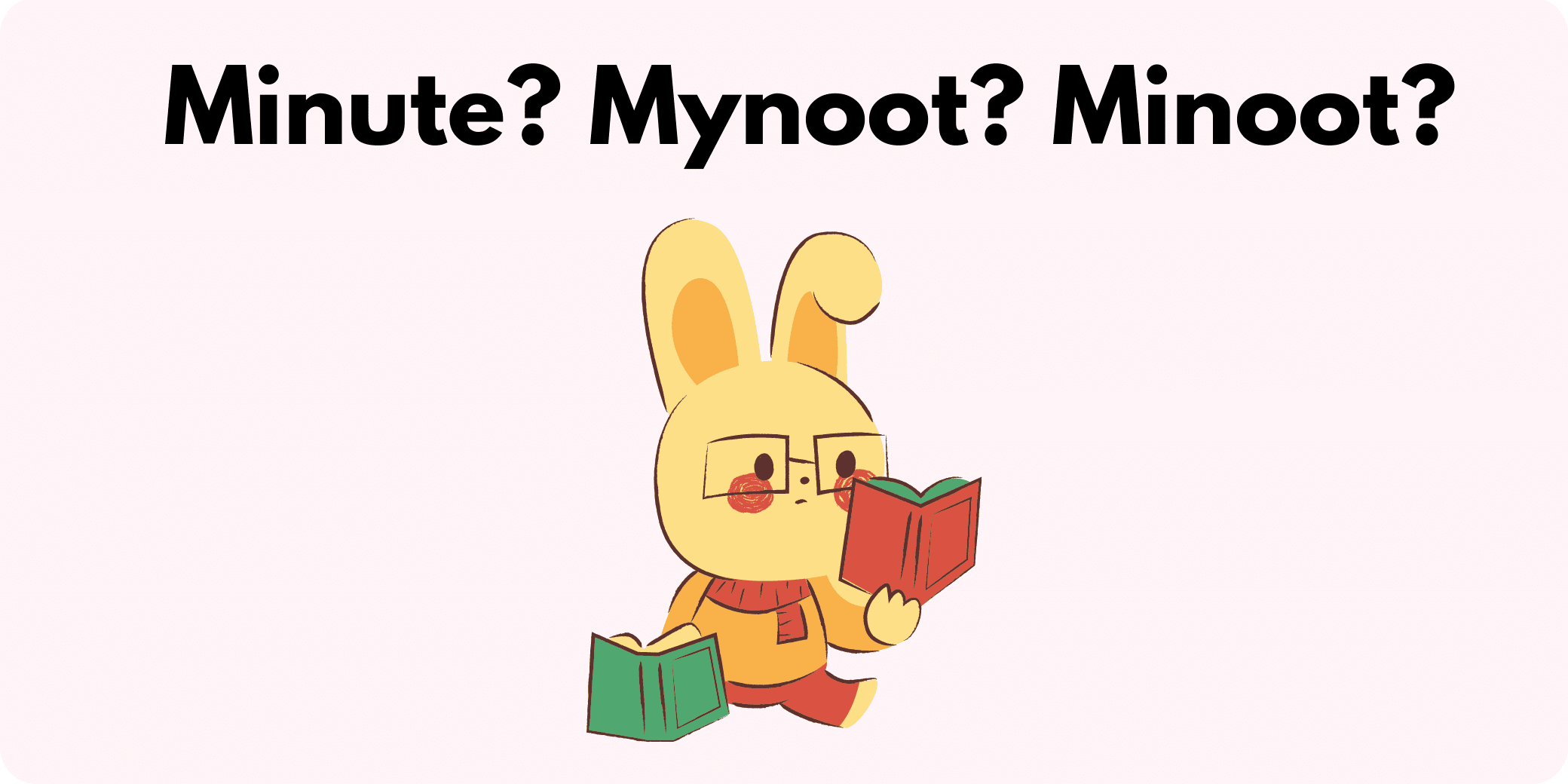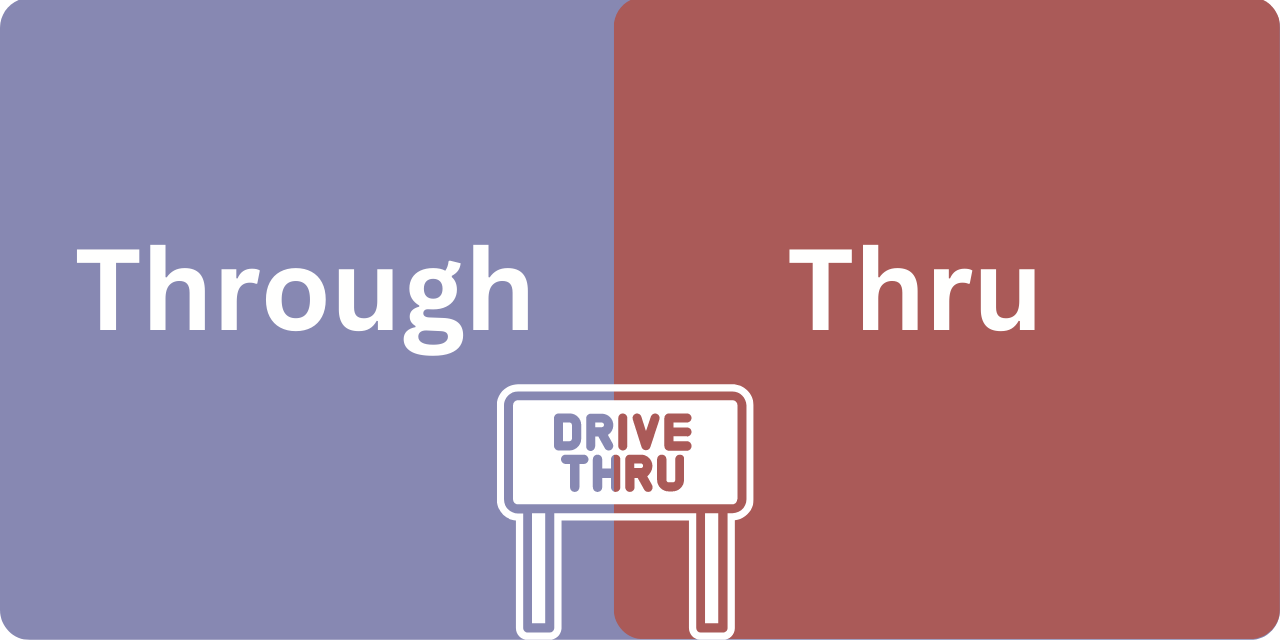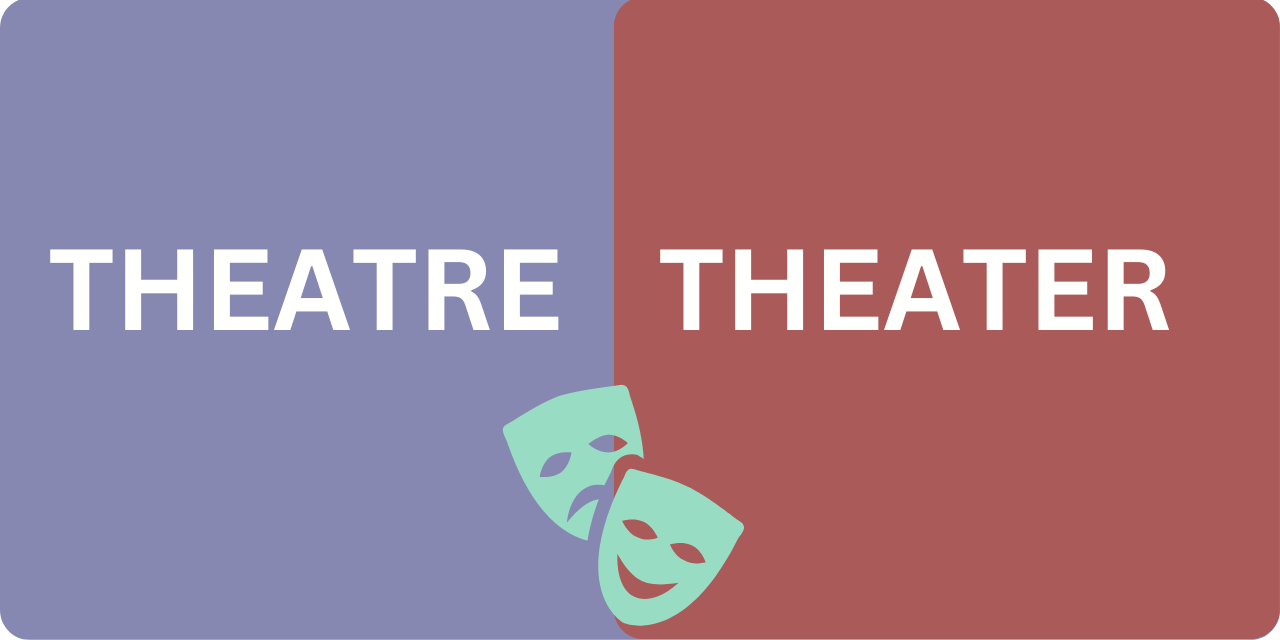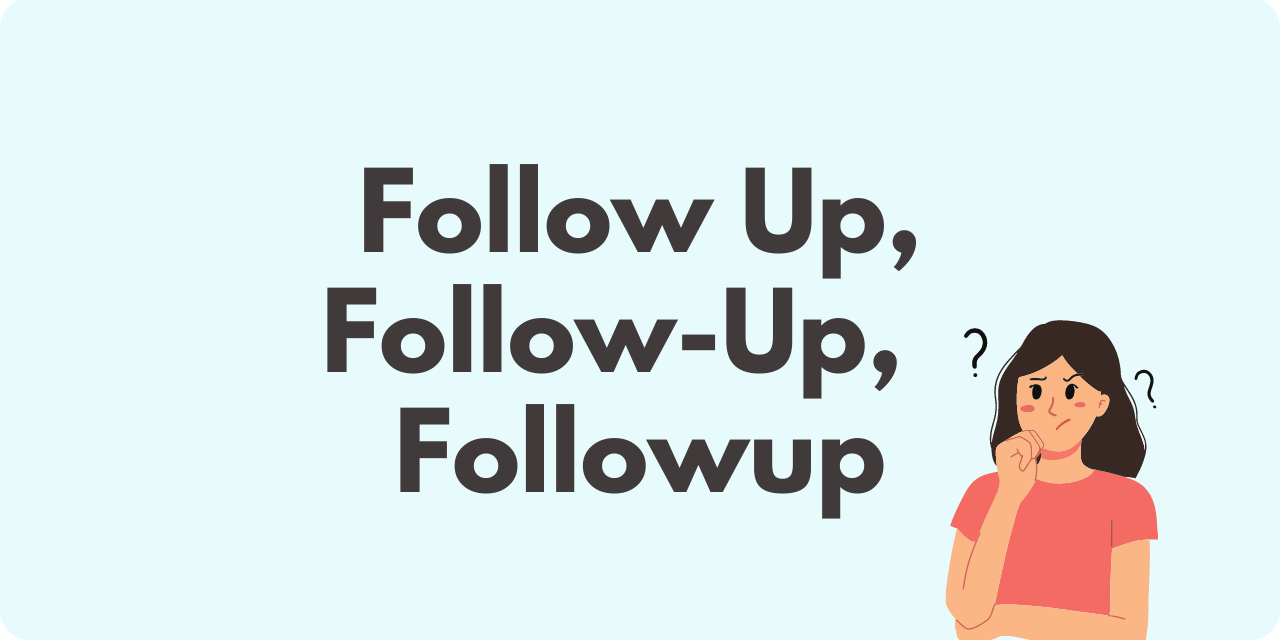Languages are full of fun little surprises, and English is one language that can’t seem to get enough of them. While you might have heard of homonyms and homophones in grade school, you might not have heard about what we’re discussing today: homographs.
So, what are homographs, and how do they affect your writing? Let’s explore what makes homographs unique and how you can learn some today.
Homographs vs. Homophones vs. Homonyms
All this talk of linguistic categorization is probably making your head spin, so let’s clarify what we mean by a homograph. A homograph is a type of homonym. The other type of homonym is the one you’re likely familiar with: homophones.
Homophones sound the same but have different meanings and possibly a different spelling. An example is “break” and “brake.” The first word means to destroy, snap, or divide something, while the second word means to slow down or come to a stop (or the device used to do so).
A homograph is essentially the opposite of a homophone. Homographs are spelled the same but have different meanings and possibly different pronunciations. We’ll get into some examples later, but it’s important to note that homographs can be very difficult to master for new English speakers or even people who haven’t done a lot of reading.
When employing homographs, you must make the context clear for the reader. You don’t want them guessing at the meaning of your sentence because you chose a word that was ambiguous.
Here are some examples of homographs you see in the English language.
1. Wind vs. Wind
We’re starting with a fun and versatile homograph that you can use in different ways. Now, “wind” can refer to the moving air that fills up boat sails, but it can also refer to the verb where one is turning the gears in the clock to make it work.
“Winding” can also refer to the ending of someone’s journey or task: “We’ll see where you wind up!” This example might not be seen often in business writing, but it’s an excellent example of how words can share an identical spelling and mean many different things depending on the context.
2. The Many Uses of Fine
We hope you’re getting the hang of homographs and realizing how many we utilize daily in the English language. The word “fine” can refer to a monetary fee that a person or business must pay for violating a law. It can also refer to the state of something, usually when it is in decent shape.
Finally, “fine” can also refer to thin hair or fabric, delicate craftsmanship, or obvious luxury or elegance. “Fine” is an English word that can be used in different contexts, so make sure you’re not overusing it in your business writing. Besides having a lot of meanings, it also has a lot of synonyms.
3. Bow vs. Bow vs. Bow
One might bow when meeting a member of royalty or a Japanese head of state. This means bending at the waist or kneeling to show respect.
However, suppose you fire a bow at said head of state. In that case, you’ll be in all sorts of trouble, as this English word can also refer to a bent piece of wood, metal, or composite material that is strung together with a high-tension string or piece of wire that is then utilized to launch projectiles, such as the kind Robin Hood uses.
Finally, “bow” can also refer to the front part of a ship or boat, so make sure your context is clear when using this homograph.
4. Content vs. Content
This homograph is being seen increasingly in the world of e-commerce, as most sites deliver some sort of web content to make their user base content. See what we did there? Content can refer to the objects, concepts, or items that fill up something. A chest’s contents might include clothing or treasure, while a website’s contents usually include information, links, and media. However, a person might also feel content, happy, or satisfied with their life or job.
5. Lead vs. Lead
One commonly confused homograph is lead. It can mean “to go before or with to show the way” when pronounced with a long e (leed). Or it can be pronounced “led” to mean the element that is commonly found in pencils.
To make things even more confusing, this form of lead (the element) is also a homophone with “led,” as in the past tense of “to lead.” Are you feeling lost? Don’t worry, we won’t lead you astray!
6. Just Wait a Minute Minute
Another homograph that can create much confusion is “minute.” The most common pronunciation is min-it, as in the length of time lasting 60 seconds. But it can also be pronounced mi-noot (long i, emphasis on the second syllable) to mean very small, infinitesimal, or insignificant. A minute is a minute length of time compared to a millennium! (Did you catch that?)
7. Desert vs. Desert
Here is one last homograph that’s sure to get you thinking of all the fun ways you can use words in the English language. When the emphasis is placed on the first syllable, “desert” means a hot place filled with sand, cacti, and camels.
When the emphasis is on the second syllable, it means to forsake, abandon, or leave alone. Just don’t desert your friend in the desert, or you won’t be getting any dessert from them! (Sorry, we couldn’t help throwing one last homophone in there.)
Conclusion
Now that we’ve broken down a few examples for you, you’ll notice how many homographs you regularly use. These types of words are everywhere, and they are responsible for quite a few wordplay jokes and plenty of confusion for those new to English.
We hope that you have more of an understanding of homographs and how they work, and we wish you luck if you want to learn them all yourself. Thanks for reading, and good luck with your future writing endeavors!






